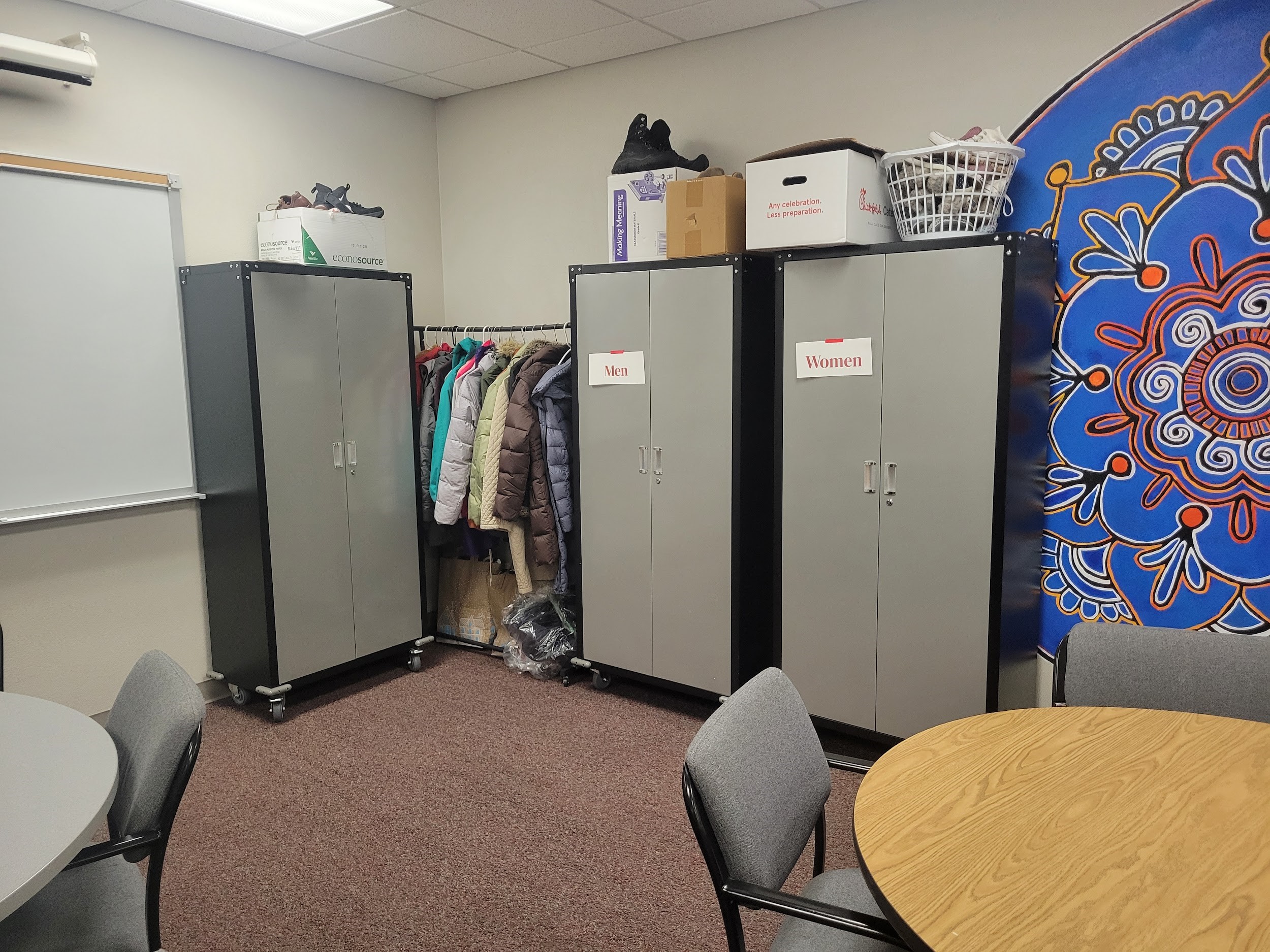Engaging Youth Voice with Participatory Budgeting

This past fall, the Illinois Civics Hub along with our research-practice partners (RPP) at the Center for Information and Research on Civic Learning and Engagement (CIRCLE) at Tufts University were awarded funds to pilot Participatory Budgeting in three of our Illinois Democracy Schools. The National Network of Educational Research Practice Partnerships (NNERPP) at Rice University. The Youth Voice for RPPs Award program recognizes, honors, and further supports existing RPP efforts that have a strong interest in and/or currently support youth involvement in RPP work.
Participatory Budgeting (PB) engages students in deciding how to spend funds to benefit the school community. School PB develops student leadership, supports student and school success, lifts up student voice, and involves the entire school in meaningful civic experiences.
Regina Birch, a Career and Technical education teacher at Alton High School led the PB project first at her high school. Her students then facilitated local middle school students through the same process. We asked her questions to document her experience. Here are her responses.
Briefly describe your Participatory Budgeting Project. Please include the need your project was addressing in your school.
Our students decided to create a Redbird Resource Closet where their peers at the high school could come to find food, hygiene supplies, clothes, coats, and shoes. It was our belief that students would do better at school if their basic needs were met.
How did students go about gathering information to inform their decision? What research did they conduct? What stakeholders did they engage in?
They met with social workers to discuss the problems; met with McKinney-Vento directors who assist homeless students to continue their education; and administrators to discuss possible locations for the resource closet.
Were there any challenges that students had to overcome? If so, what was their strategy?
The principal gave them one room to use then had to take it back due to overcrowding. At this point there wasn’t a physical spot to store the supplies and items gathered. This is when this grant really helped by providing funds to purchase roller storage cabinets and storage totes. Currently the Redbird Resource Closet is in the Social Workers’ lobby area, but could be moved if anything else becomes available.
How did this project deepen students’ knowledge of themselves and their school community?
They were unaware of the amount of homeless classmates that are attending school. They knew that students didn’t have coats, but were more aware and baffled at the basic needs such as soap and deodorant. They have seen where supplies are being taken and the need to restock is ongoing.
Pat Gorman, Social Worker, stated that this has been an answer to an ongoing issue. She would have students come in to talk, but really wanted food or a warmer shirt. Now she takes them to the cabinets and helps them solve their own problems.
How did your students apply what they learned from going through the participatory budgeting project to guide their middle school peers through the process?
They explained how easy it is to meet peers’ needs without embarrassment or self-consciousness. They explained how they set up their Redbird Resource Closet and how they gathered supplies. They donated some of their supplies and totes to help get them started.
Were there any particular challenges in facilitating this process in middle school vs. high school?
They are in separate buildings across town. Being able to meet in person with everyone after school was impossible. Staff at middle school were concerned about theft and vandalism.
What advice would you give teachers thinking about opportunities for engaging their students in participatory budgeting?
Think bigger! People are willing to donate and help a true need, but don’t when they are not aware of the project. Make it something visible so they are free to ask questions and offer help.
